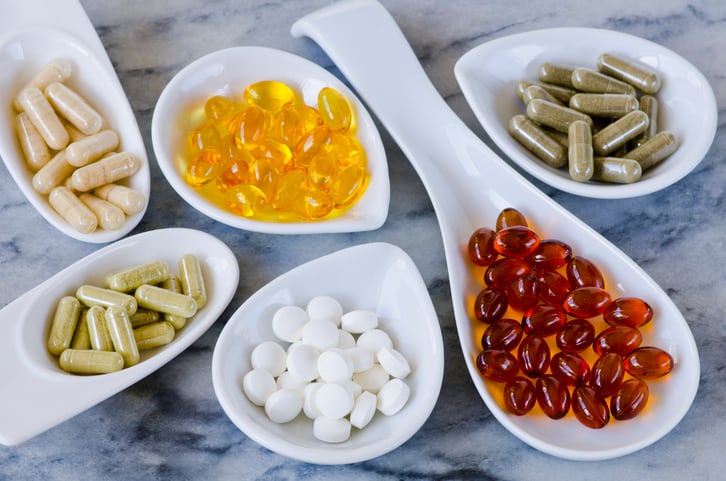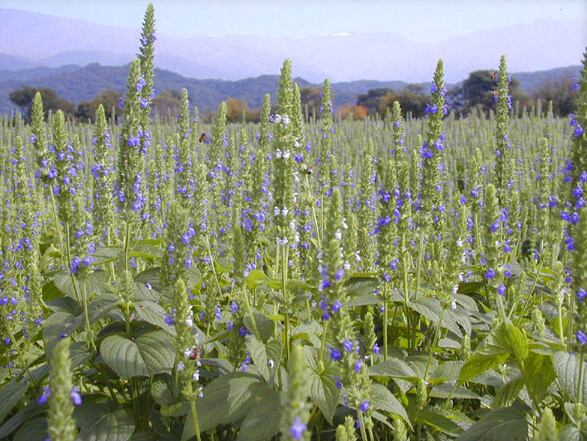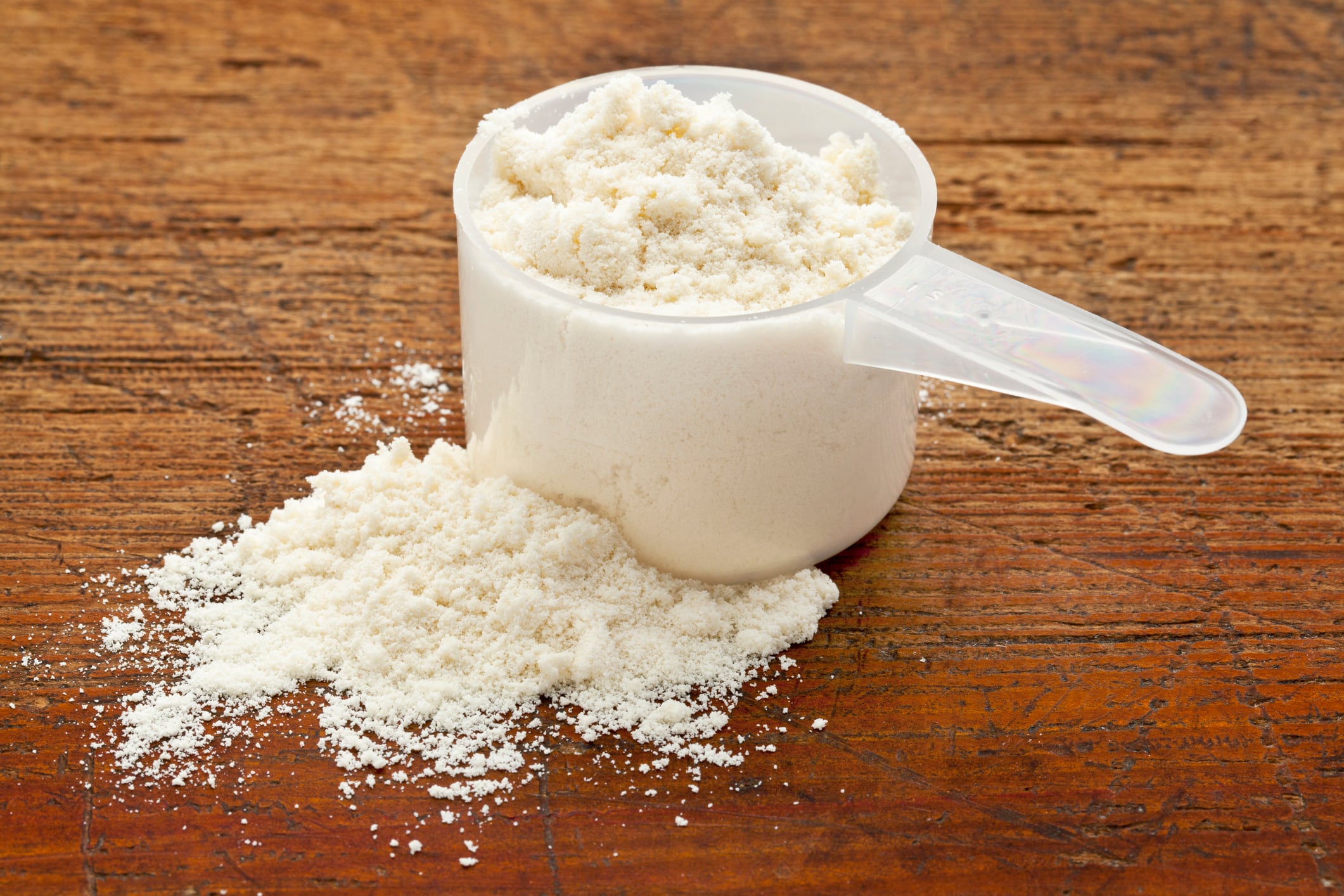In 2016, Latin America's nutrition and dietary supplement market was valued at US$22.01bn, according to Grand View Research, and forecasts suggest the market will more than double to US$47.5bn by 2025, growing at a CAGR of 8.8% between 2018-2025. Latin America's sports nutrition space was pegged at US$777m in 2017, the research firm said, and should grow at a CAGR of 9.7% over the forecast period.
Essential nutrients 'in small amounts'
Functional food currently holds the lion's share of Latin America's nutrition and dietary supplements market, representing 81.8% in 2017, but demand for dietary supplements will rise, according to Grand View Research. Representing just 18.13% of the market in 2017, dietary supplements would grow at a CAGR of 6.9% between 2018-2025, largely driven by sports nutrition, the research showed.
“Rising sale volumes of sports nutrition products, on account of increasing prevalence of fitness and gymnasiums, is expected to boost the demand for dietary supplements,” said Ananya Bhandari, senior research analyst for medical devices and healthcare IT at Grand View Research.
“In addition, dietary supplements provide more essential nutrients in small amounts, in comparison to functional foods,” Bhandari told NutraIngredients-LATAM. So, whilst demand for fortified energy drinks made with whey and egg ingredients were on the rise among sports athletes and gym professionals, these consumers would also seek out dietary supplement nutrition, she said.
Interest in supplements, she said, would also be bolstered by other consumer groups as many Latin Americans sought out healthier lifestyles, propelled by various healthy eating government campaigns.
Herbals for adults

This presented very specific opportunities for herbal supplements and those containing phytochemicals that could duplicate all the benefits derived from the whole plant, Bhandari said.
“A pursue of a more natural approach to health promotes consumption of new and traditional herbal supplements, together with the use of phytotherapeutics,” she said. “Manufacturers will have to focus on expanding their herbal supplement products to meet the demand of consumers.”
Functional foods containing phytochemicals, she said, often presented “confusing messages related to the nutrient content” and so in this instance supplements could be favored.
Bhandari said region-wide health problems like obesity, high fat and sugar diets and sedentary lifestyles would also spur demand for dietary supplements, particularly those viewed as “digestive support remedies”.
Adult nutrition presented the biggest opportunities overall, she said, given the rise in geriatric population coupled with an increasing prevalence of cardiovascular diseases. Capturing this diverse market, she said, required an established e-commerce platform to widen customer reach, as well as a broader product portfolio.
Challenging environment, 'huge opportunities'

Bhandari said there was plenty of growth promise for Latin America's nutrition and dietary supplement market and it was specifically “highly favorable for new entrants”.
However, she said market entry and growth would not be without its challenges.
“The regulatory environment for dietary supplements in Latin America is complicated, embodying more than 30 countries without harmonized regulation,” she said. Companies therefore had to understand local regulations and be aware of entry costs with each new market - “the biggest challenge faced by nutrition and dietary supplement manufacturers”.
Marketing costs were also higher, she said, because retailers had now started to impose “pay-to-stay fees” as competition increased. “Many retailers have started imposing these fees, forcing brands to pay more which results in altering the cost structure of the products which can restrict the growth in the forecast period.”
Beyond this, Bhandari said the market remained “highly fragmented”, governed by both domestic and international players – the latter of which represented 30% of the market value in 2017: the likes of Herbalife, Pfixer, Bayer, Merck, Sanofi, GlaxoSmithKline and Amway.
However, oversees brands were expected to “lose their share in the coming years”, she said, due to changing consumer loyalty towards local brands because of the associated high costs with international products.
“The market creates huge opportunities for domestic players because of the continuous increase in life expectancy, greater attention to quality and rising inclination towards low-priced products,” she said.
To access the report, please click HERE.




